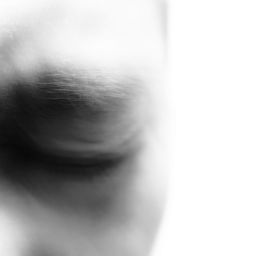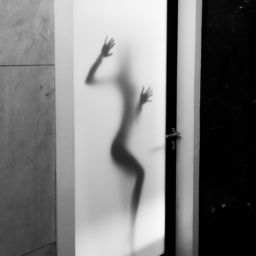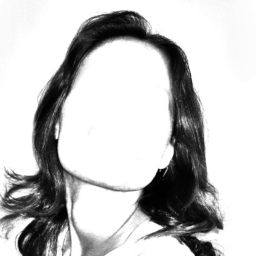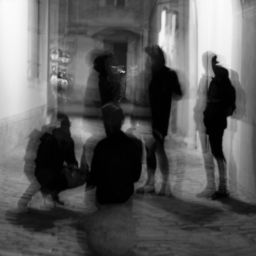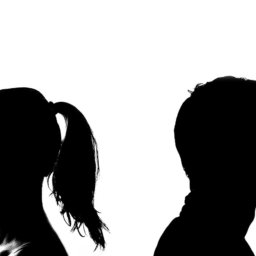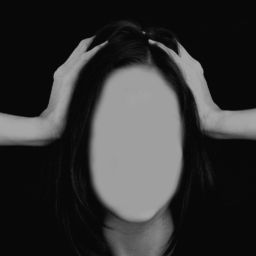
In psychiatry we use something called the mental state examination to assess our patients internal world. We use things we can observe externally – what you say and how you say it, how you behave and react, how you show and hide your emotions – to decide whether there is a mental illness. The important thing to remember is that the mental state examination is a tool – it is a potential window into another person’s mind, but it is not the only one. Someone can have a ‘normal’ mental state examination (MSE) yet still be mentally unwell. One of the things I have become increasingly worried about is the use of the MSE to push people out of mental health services on the basis that they simply cannot have a mental illness as their mental state examination is normal – never mind that the person is actually telling you that they are suffering! In an attempt to objectify psychiatric practice, the MSE is used to place expertise in the psychiatrist’s hands at the expense of the patient’s subjective experience. The patient’s reality is deemed false, as if what they experience is a lie and their thoughts and emotions are inauthentic. You can’t really be depressed if a psychiatrist doesn’t believe you are!
One example of this is the ‘appearance’ component of the MSE; one of the most bizarre attempts to justify that someone is not mentally unwell. I have seen people refused psychiatric help or even deemed to be lying about their subjective distress because they dress well; unless you have not washed for several weeks, you surely cannot be suffering from a mental illness. The MSE, while useful in standardising and assessing a person’s internal world and looking for signs of mental illness in a relatively unified manner, is being used as the only way of assessing if someone has a mental illness, with the individual’s own distress not being taken as true unless there is evidence of a change in their mental state examination.
This preference for ‘objective’ observation over personal suffering is something that I have started to notice particularly since working with a community mental health team, where the main aim seems to be to refuse care and push people out of services, with the MSE being a handy tool to suggest that someone is not in distress or mentally unwell and therefore does not require our help – as if everyone who suffers from depression has poor eye contact and is malodorous and everyone who dresses well has perfect mental health.
This is indicative of a wider drive within psychiatry to appear more ‘objective’ with the aim of being seen as a hard science and thus garnering more respect; see also the rise of neuroimaging and genetics at the expense of psychological support. This has led to people feeling not listened to and heard by services because in such a system their experience doesn’t matter – what matters is that you show external evidence of your distress in a way that science can understand; risk to yourself or others. Yet even the need for ‘external’ evidence changes depending on where in the country you are; if you happen to live somewhere where the demand for mental health services cannot be met, the likelihood of you being taken seriously if you are not dishevelled, malodorous or otherwise presenting with an ‘abnormal’ mental state is slim compared to somewhere where the clinician actually has time to sit down and not just judge you on your appearance but listen to what you have to say as well. The MSE can thus be turned into a lazy attempt to draw a shaky line between the mentally well and unwell, as if such a line were not open to judgement, stereotype, culture and time. This is thus one of the limitations of becoming ‘too’ scientific within mental health – you attempt to categorise everyone into neat little disorders despite the fact that mental health is more than just a product of neurons and genetics but also of childhood, relationships and meaning – how can you categorise such personal experiences? Yes, there are common themes and presentations and it is important to be able to distinguish between disorders to ensure patients receive the most appropriate treatment, but relying too much on such stereotypes – the self-neglecting and tearful depressive, the violent schizophrenic, the self-harming personality disorder – ignores the vast array of mental illness that does not follow the status quo – the well-groomed and laughing depressive, the humorous and kind bipolar disorder, the personality disorder who is not ‘attention-seeking.’ The human mind cannot be moulded into such distinct groups without stereotypes, stigma and prejudice developing and individuals who need help being refused care because they do not fit the mould; especially when the mould is created by a small group of homogeneous individuals in society who get to decide what is deemed to be ‘abnormal’ and ‘normal’ forms of mental suffering, most of whom will come from the same demographic, culture and background.
The MSE is a tool. It is not a replacement for a patient’s distress or an insight into every aspect of their life. It is there to assist the psychiatrist, not to replace them. We are doctors not just of science but of people. Human beings are complex and we need to understand the limitations of our tools if we want to be not just scientists but doctors.

